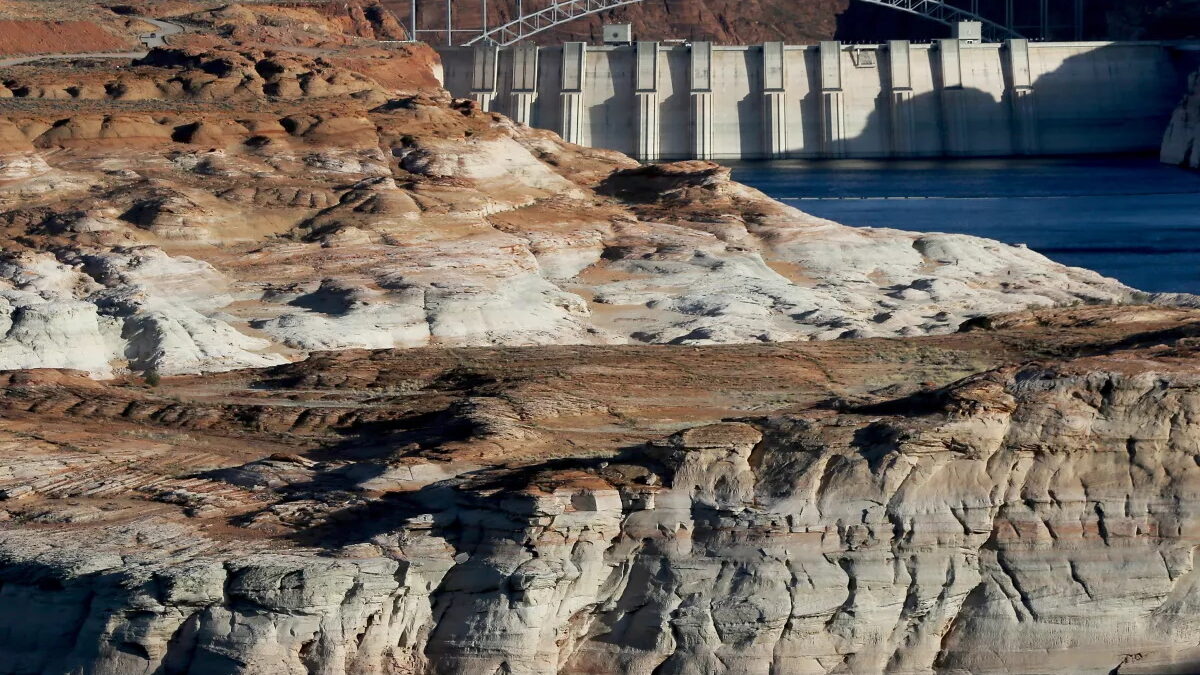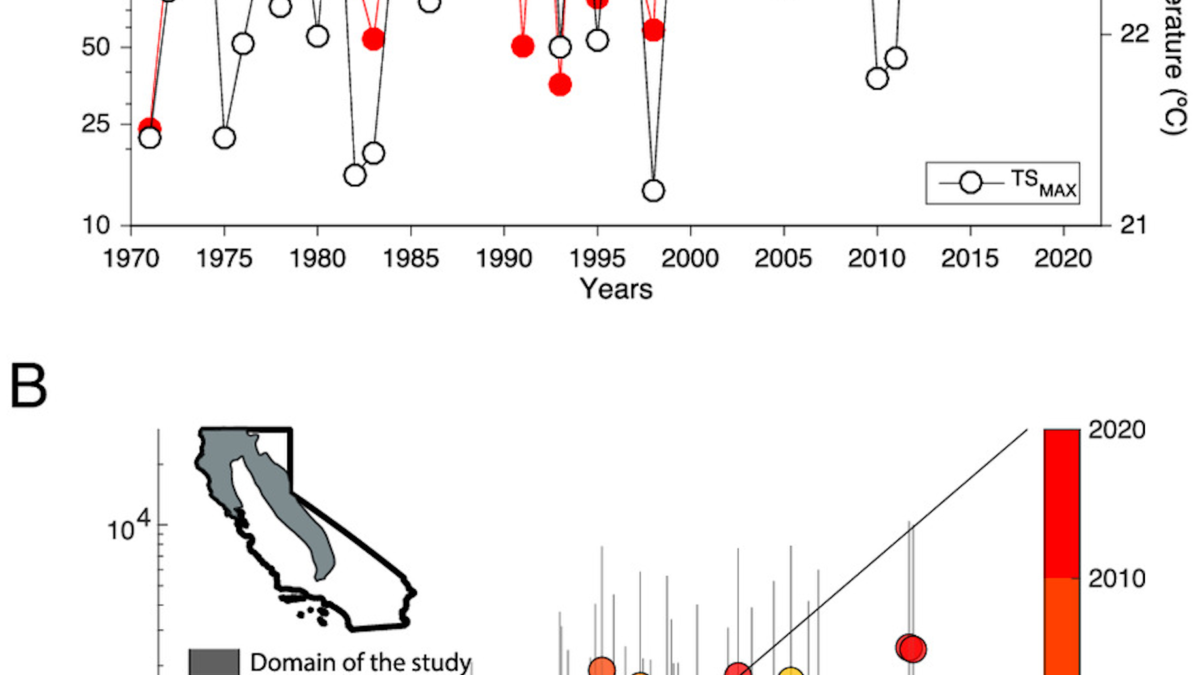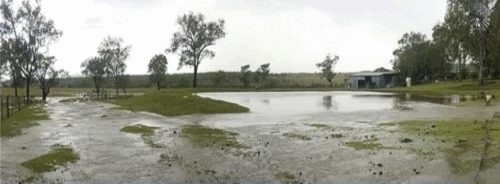The pandemic taught us how not to deal with climate change
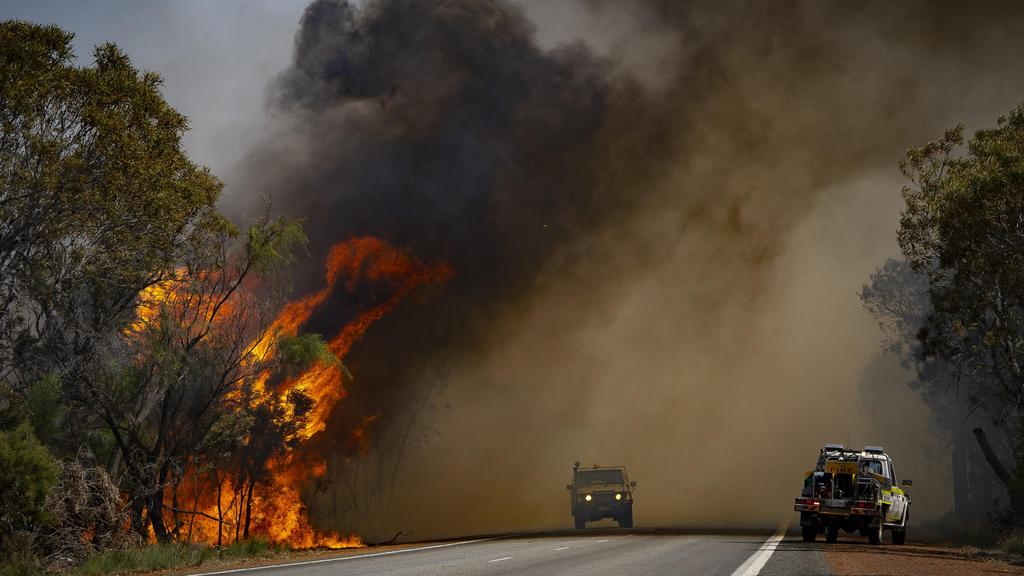
By James Temple
1 January 2021
(Technology Review) – There’s a case to be made that 2020, for all the sacrifices it demanded and tragedies it inflicted, could at least mark a turning point on climate change.
It’s now possible that global oil demand and greenhouse-gas emissions may have already peaked in 2019, since the pandemic could slow economic growth for years, accelerate the demise of coal, and bring about long-lasting declines in energy demand through things like continued remote working.
On top of that, a growing number of major companies and nations, including China, have committed to zero out their emissions by around midcentury. The election of Joe Biden will put a president in the White House who has committed to take bold action on climate change. Clean technologies like solar, wind, batteries, and electric vehicles are getting cheaper and gaining ground in the marketplace.
And in the final days of the year, the US Congress managed to authorize (though not yet appropriate) tens of billions of dollars for clean power projects within a sweeping coronavirus relief bill. The package also enacted tightening limits on hydrofluorocarbons—highly potent greenhouse gases used in refrigerators and air conditioners. (After criticizing the bill as a “disgrace,” President Trump nonetheless signed it into law on 27 December 2020.)
But finally reaching a turning point, decades after scientists began warning us of the dangers, matters less than how rapidly and consistently we cut emissions on the other side of it. And that’s where some of the darker signs in 2020 have me worried.
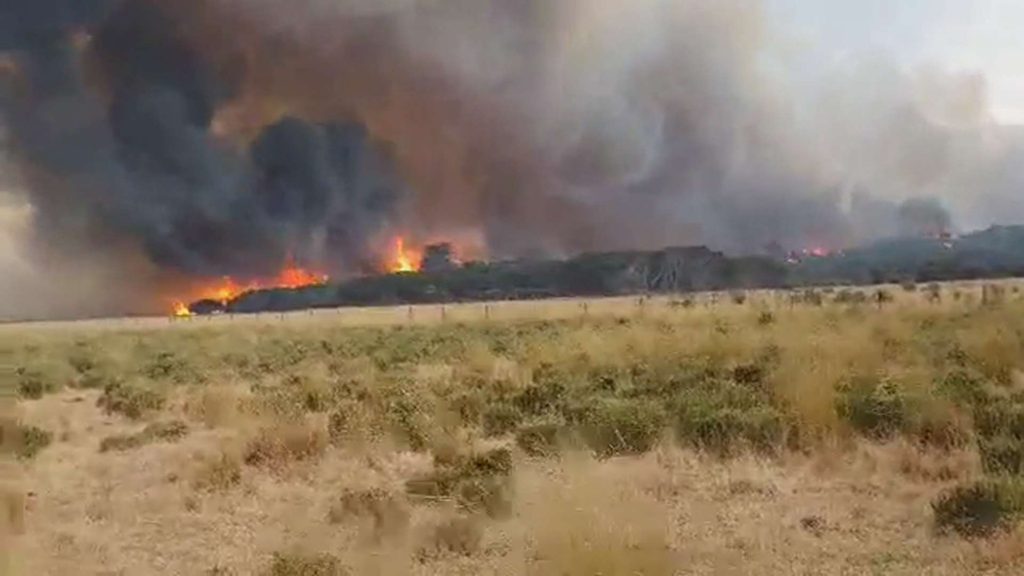
Far too slowly
Even if we have achieved peak emissions, that only means we’re no longer making the problem worse at an increasing rate year after year. But we’re still making it worse. Carbon dioxide lasts hundreds of years in the atmosphere, so every additional ton we emit further exacerbates climate change, promising more or worse heat waves, droughts, wildfires, famines, and flooding.
We don’t need to flatten emissions—we need to eliminate them as rapidly as possible. Even then, we’ll be left to deal with the effectively permanent damage we’ve caused.
Some argue that the radical changes in behavior and practices that went into effect as the coronavirus spread around the planet are a promising sign for our collective ability to address climate change. This is, frankly, nonsense.
Huge portions of the population stopped driving to work; going to bars, restaurants, and theaters; and flying around the globe. Economic growth plummeted. Hundreds of millions of people lost their jobs. Hundreds of thousands of businesses have closed for good. People are going hungry. And the world is becoming much poorer.
None of this is a viable or acceptable way of slowing climate change. Moreover, all this devastation only shaved about 6% off US greenhouse-gas emissions this year, according to BloombergNEF estimates. Global estimates are about the same. The pollution reductions came at a massive economic cost, at somewhere between $3,200 to $5,400 per ton of carbon, according to earlier estimates by the Rhodium Group.
We would need sustained cuts on that level, year after year for decades, to prevent far more dangerous levels of warming than we’re already seeing. Instead, emissions are likely to bounce back close to 2019 levels as soon as the economy recovers.
It’s hard to point to a clearer example of how deeply embedded climate pollution is into an even basic level functioning of our society—and how drastically we need to overhaul every part of our economy to begin substantially and sustainably cutting emissions.
We need to transform the economy, not shut it down. And that transformation is happening far too slowly. [more]
